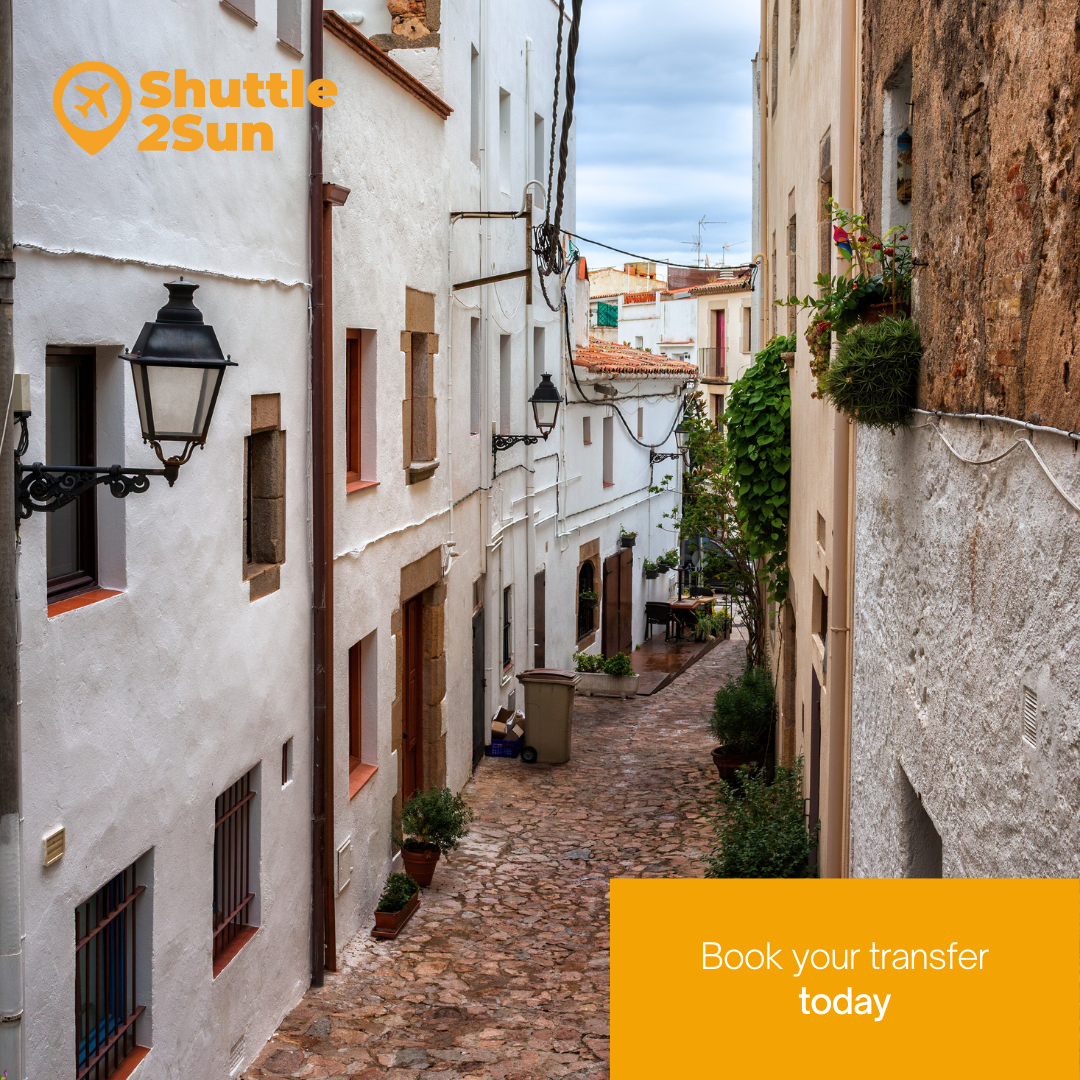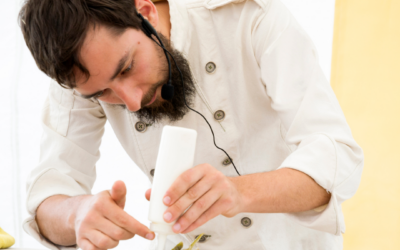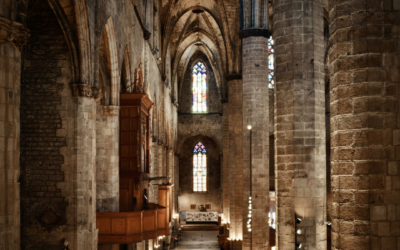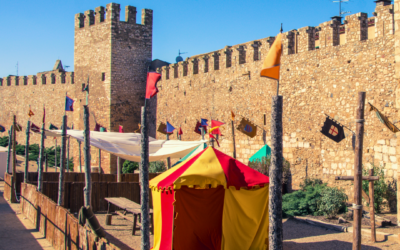One of the most sought-after paradises on the Catalan coast is the magnificent Costa Brava. Its rocky cliffs, crystal-clear blue waters and seafaring boats are the most significant features of the area, which hides great gems for those who wish to make a getaway to its towns and villages. One of them, par excellence, is Tossa de Mar, a medieval wonder that preserves part of its historical heritage, combined with the essence of a seaside and Mediterranean neighbourhood. This great contrast will make you fall in love with it from the first minute.
If you’re not sure where to take a getaway or spend your holidays this year 2024, we’re going to explain the reasons why you should choose Tossa de Mar. Remember that Shuttle2Sun offer shared transfer services and private transfer services, low-cost and sustainable, so you can move to this town on Costa Brava, from Barcelona airport, Barcelona port, Reus airport, Girona airport and Camp de Tarragona AVE train station.
Your must-see: Vila Vella (Old Town)
One of the most emblematic areas of the municipality is Vila Vella, a group of medieval-style alleyways and houses within the walled enclosure of Tossa de Mar.
Its well-preserved state of conservation makes you feel as if you were in the Middle Ages as you stroll through its cobbled streets and discover every nook.
Its great wall, built in the 13th century, maintains its main towers and turrets, such as Torre d’en Joanàs, Torre de les Hores and Torre d’es Codolar; as well as Torre dels Moros, also known as Torre de Can Magí, located on the coast, about 25 minutes’ walk from the centre, which was used to watch for the possible arrival of pirates from North Africa. This was built in the 16th century, by order of Philip II.
This walled village, of medieval origin, had about 80 houses, and had a castle at the highest point, which is no longer preserved, due to the subsequent construction of the current lighthouse in 1919.
In Plaça Roig i Soler, in Vila Vella, you will also find the old Casa del Batlle, where you will find the Municipal Museum of Contemporary Art, inaugurated in 1935.

Discover Villa Romana dels Ametllers
Although Tossa de Mar had its first signs of population during prehistoric times, another of its great reminders of ancient history is Villa Romana dels Ametllers, a magnificent historical heritage from the Roman period that will take you back to those times. This villa was part of the province of Tarraco (Tarragona) and was especially dedicated to vine-growing.
During your visit, you will be able to appreciate its decorative mosaics, the thermal complex, its marble, as well as discovering what the structure of the house was like.
Come and discover the history of Tossa de Mar, thanks to Shuttle2Sun‘s low-cost and sustainable shared transfer services and private transfer services, which allow you to travel to Costa Brava, from Barcelona airport, Barcelona port, Reus airport, Girona airport and Camp de Tarragona AVE train station.

The places of worship in Tossa de Mar
Although the ruins of the old medieval parish church of Sant Vicenç are inside Vila Vella, outside the walled enclosure is the present-day parish church of Sant Vicenç de Tossa de Mar, in late Baroque style, which preserves the holy water font from the former church.
Another place of worship not to be missed is the Chapel of Mare de Déu dels Socors, built in the 16th century, according to legend, by a shipwrecked merchant, Antoni Caixa, who was saved by the Virgin of Succour. It is located on the street that bears her name, Carrer dels Socors.
About 15 kilometres from the centre of Tossa de Mar is Sant Grau Sanctuary, beside the road and next to a stone cross. Its origin is uncertain, but legends explain that Sant Grau was living here in the 9th century and that the sanctuary was founded in the 13th century by the mother of James I the Conqueror, Queen Maria of Montpellier.
The pristine white houses of the seaside quarter
From the 16th century onwards, Tossa de Mar experienced urban growth, which led to the construction of new houses beyond the medieval walls. This led to the creation of what is known today as the Sa Roqueta neighbourhood, a group of streets, near to Cala es Codolar, where the seafaring population lived. It is characterised, above all, by the colour of its houses, a pristine white that contrasts with the intense blue of the sea.
Route of the Indianos in Tossa de Mar
Around the 18th century, Tossa de Mar lived a great emigration of its population to Puerto Rico, bringing back with them a palpable architectural wealth in the streets of the town. The well-known Route of the Indianos in Tossa de Mar includes various buildings characteristic of the period, such as the old hospital of Sant Miquel, built by the Tossa native Tomàs Vidal Rey for the poorest people.
There is also the Hotel Diana, or Casa de Joan Sans Moré; Casa Esteve-llach; Casa “Mequedà”; Es Xalet d’en Bram; as well as the current parish church of Sant Vicenç and the pantheon of the indiano Pau Moreu Gelpí, in the municipal cemetery.
Discover its beautiful coastline
We also suggest you follow the ‘Camí de Ronda dels Cards’, a route of almost 4 kilometres, which will allow you to discover the coastline of Tossa de Mar, such as, for example, Cala es Codolar, until you reach Mirador d’en Cards viewpoint.
You should not miss Platja Gran and Platja de la Mar Menuda, as well as the more hidden Cala Giverola and Cala Futadera, among others.
Let yourself fall in love with the most beautiful places in Tossa de Mar, on Costa Brava. Get to this town in total comfort, thanks to Shuttle2Sun‘s shared transfer services and private transfer services, low-cost and sustainable, from Barcelona airport, Barcelona port, Reus airport, Girona airport and Camp de Tarragona AVE train station.



